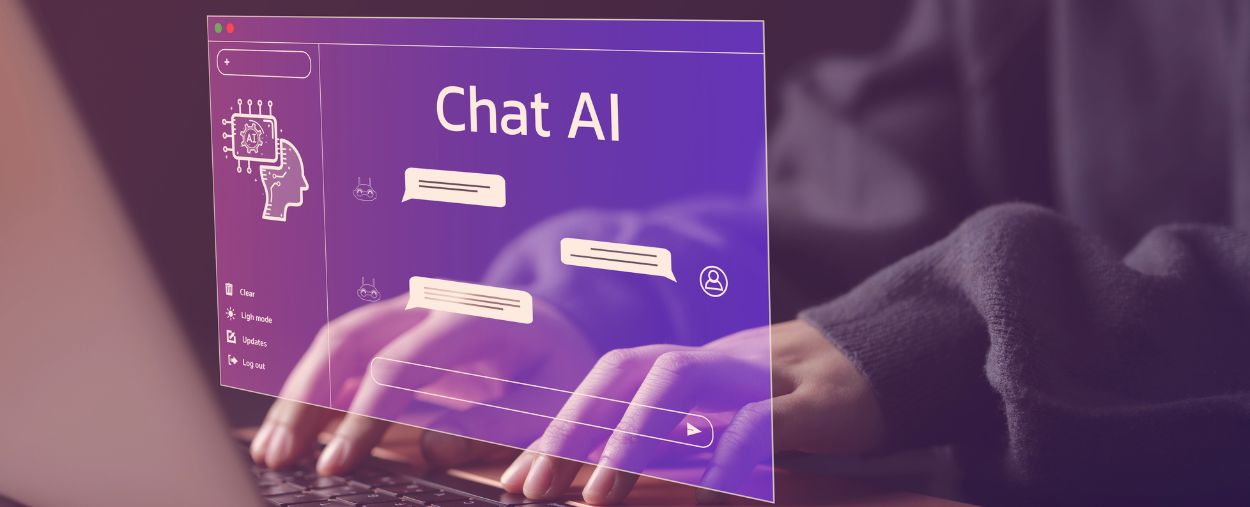AI refers to artificial intelligence and has often been compared to human intelligence when it comes to its task performing capabilities. The artificial intelligence system can adapt and learn like a human through experimentation and a series of algorithms (Schroer, 2023).
AI has slowly become a growing phenomenon. AI technology exists, for better or for worse, on our phones; computers; televisions; cars etc. Artificial intelligence has also presented us with new challenges and opportunities for conventional education.
With the release of systems, such as ChatGPT, faculty have needed to reflect on its approach, especially when it comes to assessing students. The following sections aim to serve as a guide in exploring what artificial intelligence means for education and hopes to foster a discussion regarding assessments with the use of resources such as Bloom's Taxonomy.
For more information please refer to Guidance for AI in Teaching, Learning, and Scholarship




